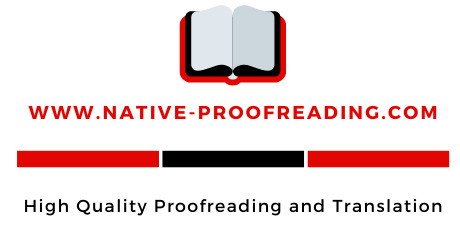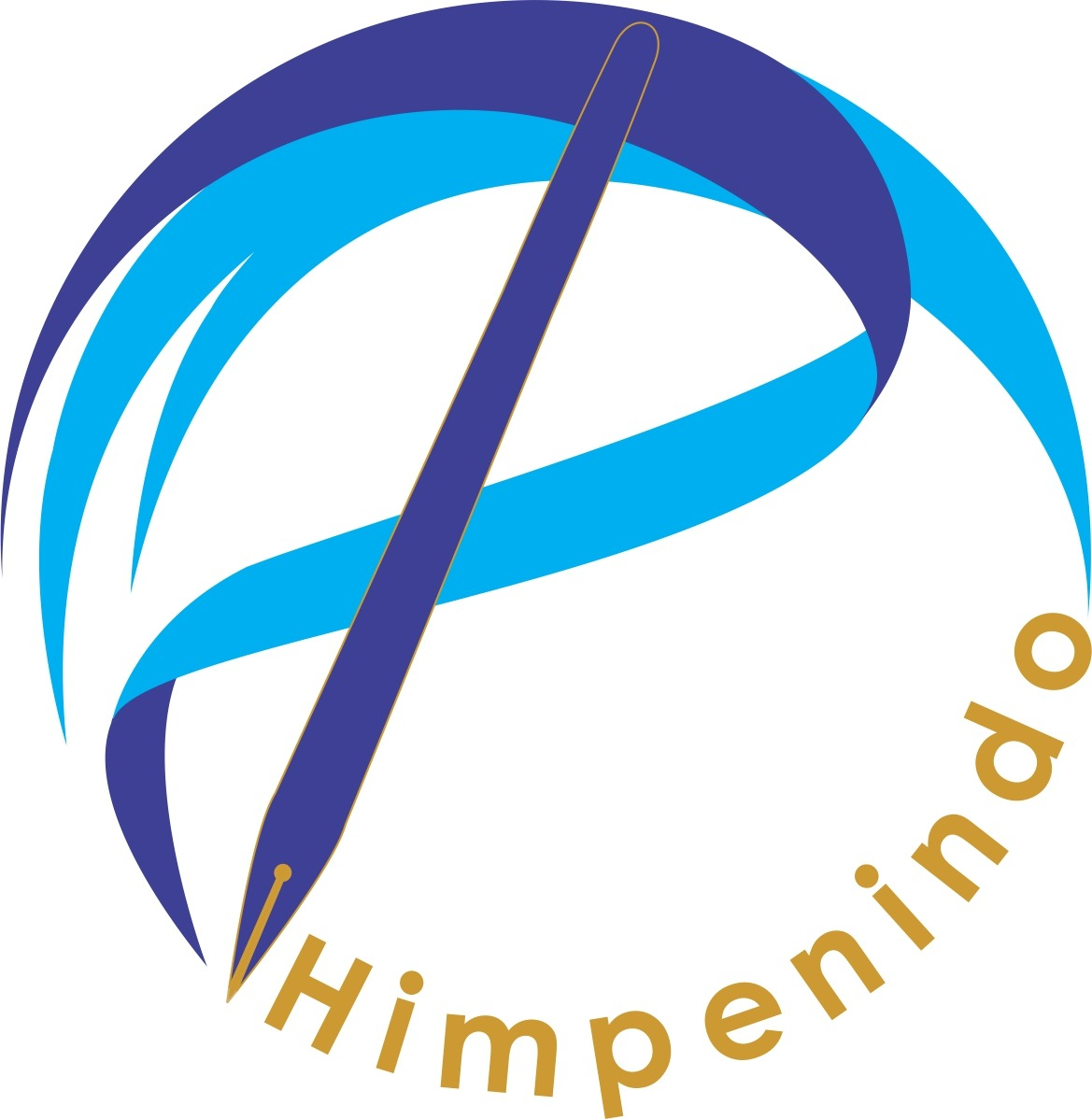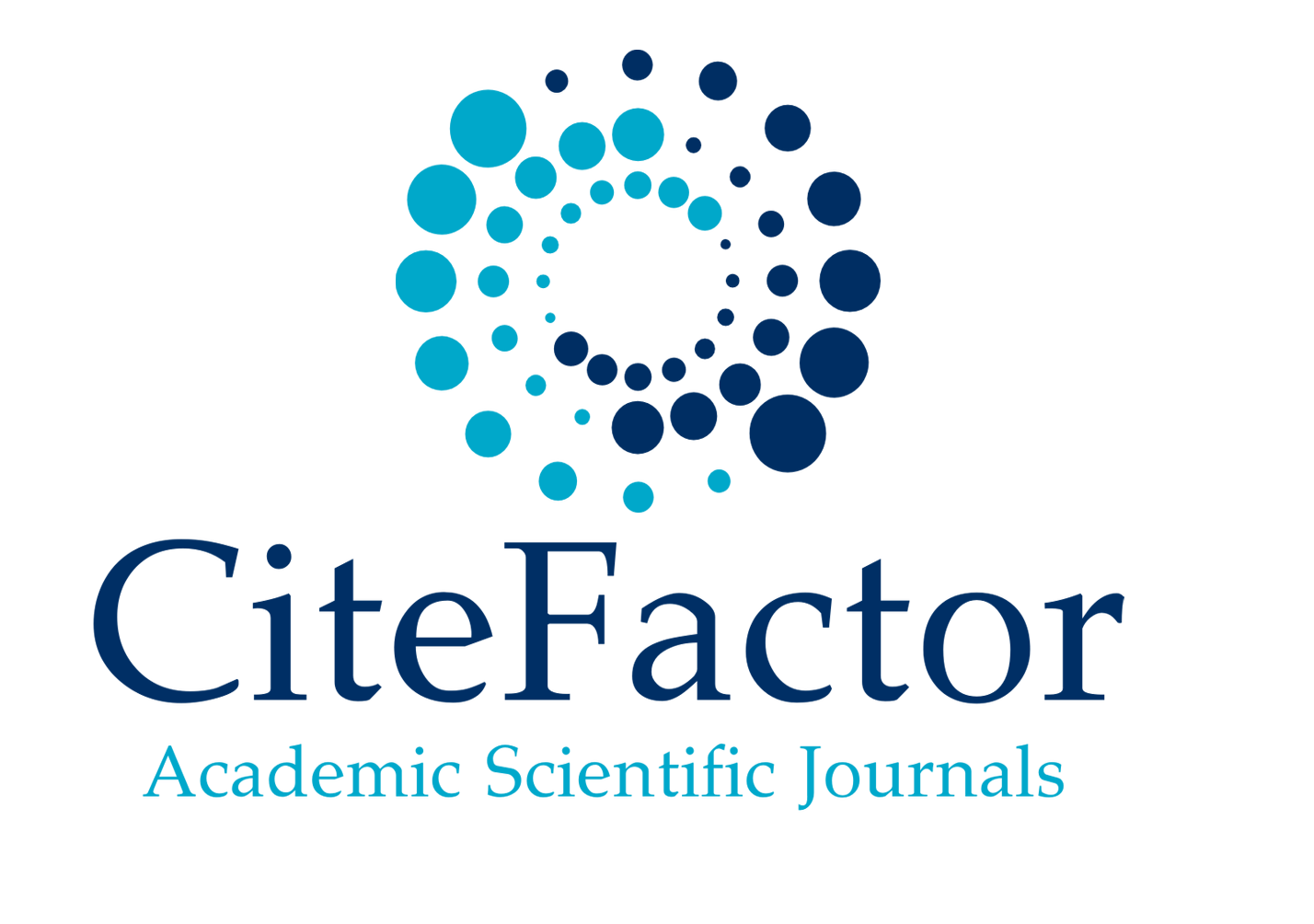Risk Assessment Strategy for Corrosion Under Insulation of Nano Technology Insulation on Geothermal Pipeline
Abstract
Pipelines are important in geothermal and most of the pipe materials are carbon steel insulated. Pipe insulation that is often used in general is prone to wetness, heat loss, and corrosion. Corrosion is a problem especially Corrosion Under Insulation (CUI). This corrosion results in pipeline leakage. The selection of nano-tech insulation is a way to overcome CUI and extend service life pipe usage. The study used JIS S45C 1×1 cm insulated with nanotechnology by dripping 3.5% NaCl for 3 days and room temperature. Corrosion rate, metallography, and roughness were sought so that the corrosion rate was 0.0894 mpy, the average surface area corroded was 2.22 mm². The original roughness value is 0.528 - 1.725 mm. This shows that the nano- tech insulator minimizes the formation of CUI on the specimen.
Full Text:
PDFReferences
ESDM, “Laporan Kinerja DITJEN EBTKE 2021”, 2021.
BPPT RI, “Perlu Strategi Percepatan EBT Menuju Kemandirian Energi Nasional | Badan Pengkajian fan Penerapan Teknologi (BPPT) - Official Website’s,” BPPT.go.id, 2021. https://www.bppt.go.id/berita-bppt/perlu-strategi-percepatan-ebt-menuju-kemandirian-energi-nasional (accessed Mar. 10, 2022).
Walanda and David Ericson, “Perhitungan Laju Korosi untuk Menentukan Sisa Umur Pakai (Remaining Service Life) dan Sistem Perawatan pada Jaringan Pipa Produksi Uap Geothermal Di PT.Pertamina Geothermal Energy Area Kamojang, Kecamatan Ibun, Kabupaten Bandung, Provinsi Jawa Barat”, Skripsi, Universitas Islam Bandung, 2014.
J. Nogara and SJ. Zarrouk, “Corrosion in geothermal environment Part 2: Metals and alloys”, Renew Sustain Energy Rev, pp. 1–17, 2017. https://doi.org/10.1016/j.rser. 2017.06.091
S. Winnik, “Corrosion-Under-Insulation (CUI) Guidelines”, vol. Revised Ed. Woodhead Publishing Limited on behalf of the European Federation of Corrosion, 2016.
Samsol. P. Kris and NM. Lie, “Insulation Materials Against the Effects of Heat Loss in Geothermal Pipeline”, Petro, vol. VIII, no. 4, pp. 163–166, 2019.
J. B. Nogara and SJ. Zarrouk, “Corrosion in geothermal environment: Part 1: Fluids and their impact”, Renew sustain Energy Rev, no. June, pp. 1–14, 2017. https://doi.org/10. 1016/j.rser.2017.06.098
Haryadi. GD, Kustomo. HK, and Kim. SJ, “Penilaian Risiko dan Perencanaan Inspeksi Pipa Transmisi Gas Alam Cepu-Semarang Menggunakan Metode Risk Based Inspection Semi-Kuantitatif Api 581” Mesin, Vol. 25(1), pp. 18–28, 2016.
Arianto. Ivan, Dr. Ir. Imam Hardjono, M.Si, “Analisis Spasial Tingkat Kerawanan Jalur Pipa Panas Bumi Di Area Kamojang, Kabupaten Bandung, Jawa Barat”, Skripsi thesis, Universitas Muhammadiyah Surakarta, 2016.
A. Basid, N. Andrini, and S. Arfiyaningsih, “Pendugaan Reservoir Sistem Panas Bumi dengan Menggunakan Survey Geolistrik, Resistivitas dan Self Potensial (Studi Kasus: Daerah Manifestasi Panas Bumi di Desa Lombang, Kecamatan Batang-Batang, Sumenep)”, J. Neutrino, Vol. 7, no. 1, pp. 57, 2014, https://doi.org/10.18860/neu.v7 i1.2640 (2014)
M. P. Hochstein, “Classification and Assessment of Geothermal Resources”, World Renew. Energy Congr. VI, no. June 1990, pp. 31–59, https://doi.org/10.1016/b978-008043865-8/50063-5
F. Ardian, “Corrosion Characteristics Under ASTM A53 GRADE-B Steel Insulation”, Institut Teknologi Sepuluh Nopember, 2018.
M. G. Fontana, “Corrosion Engineering” McGraw-Hill, Inc., 1987.
NACE, “Standard Practice Control of Corrosion Under Thermal Insulation and Fireproofing Materials — A Systems Approach”, Vol. 2010, no. 21084. Houston, Texas, 2010.
G. G. Zatnika, and B. Nugroho, “CUI Condition in Wayang Windu Geothermal Plant General”, 2021
EY. Tanbour, MR. Alomari, and OR. Barry, “Characterization of Airgel Based Thermal Insulation Blankets, Economics, and Application for Domestic Water Heater”, Vol. 6, no. 6, pp. 403–419, 2020.
D. Bozsaky, “Application of Nanotechnology-Based Thermal Insulation Materials in Building Construction”, Civ. Eng., Vol. 24, no. 1, pp. 17–23, 2016. https://doi.org/10. 1515/sjce-2016-0003 (2016)
U. Berardi, “Airgel Enhanced Insulation for Building Applications”, Elsevier Ltd, Canada, 2019.
AAA. Mohamed, “Towards Sustainable Architecture with Nanotechnology”, no. December 2010, 2016. https://doi.org/10.13140/RG.2.1.2930.0247
KLAY EnerSol, “Advantages of Aerogel Insulation vs Conventional Insulation”, 2019. [Online]. Available: https://www.klayenersol.com/blog/aerogel/advantages-insulation. [Accessed: Mar. 23, 2022].
BC. Noble, “Aerogel Based Insulation for High-Temperature Industrial Processes”, Northborough, 2011.
E. Donnelly, S. P. Baker, A. L. Boskey, and M. C. H. van der Meulen, “Effects of surface roughness and maximum load on the mechanical properties of cancellous bone measured by nanoindentation”, J. Biomed. Mater. Res. A, Vol. 77, no. 2. pp. 426–435, 2006. https://doi.org/10.1002/jbm.a.30633
B. C. Bovas, L. Karunamoorthy, and F. B. Chuan, “Effect of surface roughness and process parameters on mechanical properties of fabricated medical catheters,” Mater. Res. Express. Vol. 6, no. 12, p. 125420, 2020. https://doi.org/10.1088/2053-1591/ ab6652
D. Pradhan, G. Mahobia, K. Chattopadhyay, et al, “Effect of surface roughness on corrosion behavior of the superalloy IN718 in simulated marine environment”, J. Alloys Compd., vol. 740, 2018. https://doi.org/10.1016/j.jallcom.2018.01.042
Chuchala, D., Dobrzynski, M., Pimenov, D. Y., et al, “Surface roughness evaluation in thin en aw-6086-t6 alloy plates after face milling process with different strategies”, Materials, Vol. 14(11), 2021. https://doi.org/10.3390/ma14113036
Budiana, B., Nakul, F., Wivanius, N., et al, “Analisis Kekasaran Permukaan Besi ASTM36 dengan menggunakan Surftest dan Image –J”, Journal of Applied Electrical Engineering. Vol. 4(2), pp. 49–54, 2020. https://doi.org/10. 30871/jaee.v4i2.2747 (2020)
Almadani. M.I., and Siswanto. R, “Proses Manufaktur Mesin Poles dan Ampelas untuk Proses Metalografi”, Jtam Rotary, 2(1), 15, 2020. https://doi.org/10.20527/jtam_ rotary.v2i1.2001
Juliaptini. D, “Analisis Sifat Mekanik dan Metalografi Baja Karbon Rendah untuk Aplikasi Tabung Gas 3 Kg”, Skripsi, Universitas Islam Negeri Syarif Hidayatullah Jakarta, pp. 1–90, 2015.
Sundjono, Priyotomo. G, Nuraini. L, et al, “Corrosion Behavior of Mild Steel in Seawater from Northern Coast of Java and Southern Coast of Bali, Indonesia”, J Eng Technol Sci, Vol. 49, pp. 770–84, 2017. https://doi.org/10.5614/j.eng.technol.sci. 2017.49.6.5
F. Mohammad Edrie, “Analisis Pengaruh Variasi Temperatur Fluida pada Kondisi Lingkungan Kering dan Basah Terhadap Karakteristik Korosi Pipa Baja Karbon Terinsulasi Berbahan Glasswool dan Aluminium Foil”, Skripsi, Institut Teknologi Sepuluh Nopember, 2017.
Martasari, R. D., & Lestari, T. P. (2020). The Analysis of Pressure Drop on RL 014 for Condensate Disposal on Geothermal Pipe Line. Journal of Earth Energy Science, Engineering, and Technology, 3(2). https://doi.org/10.25105/jeeset.v3i2.7604
DOI: https://doi.org/10.31284/j.jmesi.2022.v2i2.3199
Refbacks
- There are currently no refbacks.

This work is licensed under a Creative Commons Attribution-NonCommercial 4.0 International License.


_.png)





.png)



